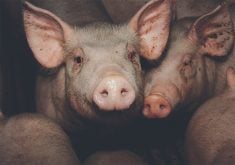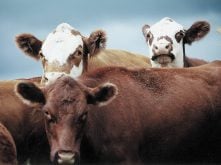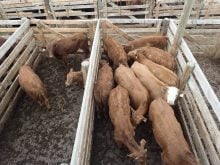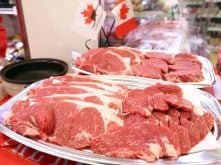CALGARY – “Korea is the new Japan.”
Pronouncements like that are welcome to the Canada Beef Export Federation as it eagerly scans the eastern horizon for new beef customers.
Living in an upwardly mobile nation of 44 million, South Koreans have money to spend and are looking hungrily at luxury items like imported beef, said Iain Mars, general manager of the Malayan Refrigeration Company based in Seoul, South Korea’s capital.
With seven percent economic growth per year, the export possibilities are tremendous.
“I believe Korea will be bigger than Japan,” Mars said.
Read Also
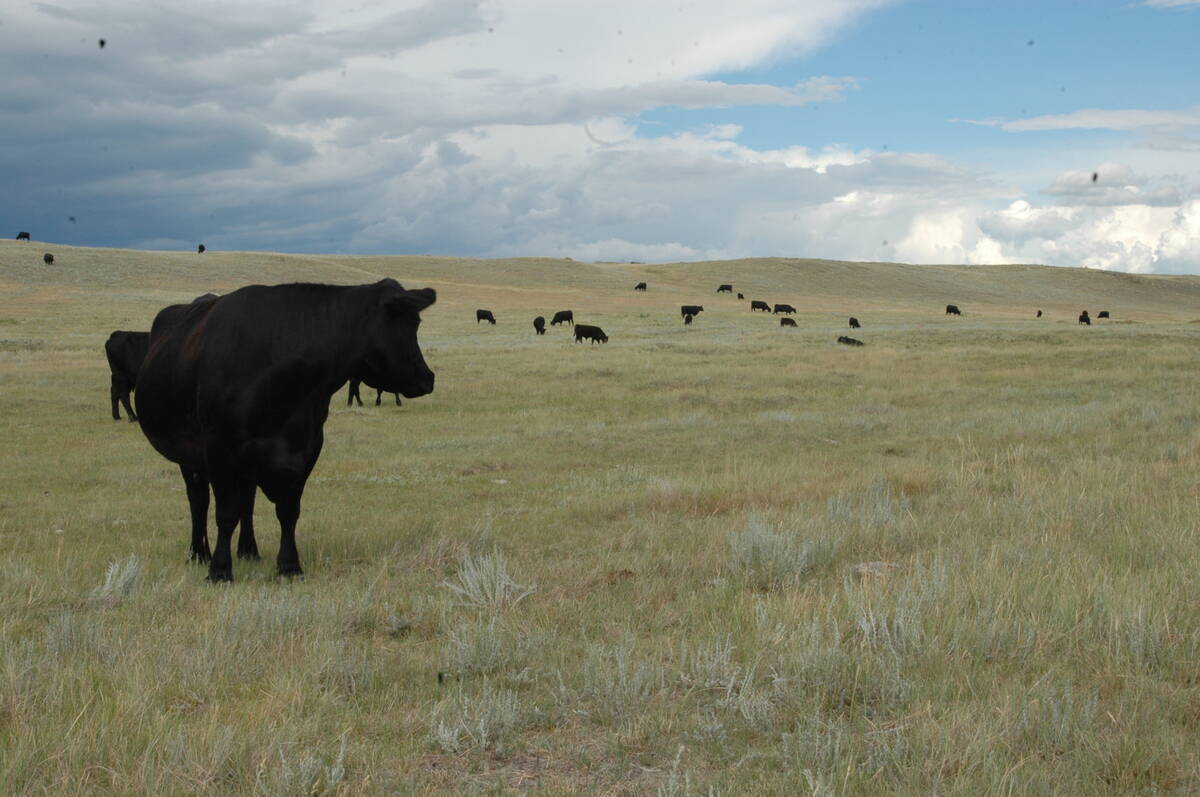
Saskatchewan Cattle Association struggles with lower marketings
This year’s change in the provincial checkoff has allowed the Saskatchewan Cattle Association to breathe a little easier when it comes to finances.
New world trade agreements have forced South Korea to open its doors and relax some of its stiff meat import quotas. Powerful government resistance to imported meat was spurred by a fear the domestic livestock industry would collapse if more foreign meat was allowed in.
So far this hasn’t happened, said Mars. His company, with head offices in New Zealand, is part of the Vestey Group which sells meat internationally.
“The economy is driving very fast. People have money in their pockets and demand is outstripping supply,” he said.
However, most Koreans prefer domestically grown food so some protection in the form of tariffs or quotas will continue until 2000.
In 1994, the Korean minimum beef quota total was 106,000 tonnes. At year’s end, 126,000 tonnes had been imported. The quota for 1995 was 123,000 tonnes, an amount which has already been exceeded.
In addition to larger quotas, foreign exporters have received permission to talk directly with the hotels, restaurants and retail traders rather than through government-approved buying groups. The buying groups issued tenders and dealt strictly on the basis of price rather than specific cuts and portions.
“There’s been an explosion in the number of groups we can speak to,” Mars said.
As the system moves away from tenders, Canada’s main challenge is learning how to meet buyers’ specifications, particularly in the restaurant trade.
During the next year, the export federation plans to send a marketing representative to Seoul to develop a stronger Canadian presence in South Korea. The federation hopes to sell 14,000 tonnes of beef annually by the year 2000.
Australia is now the prime supplier of beef to South Korea, followed by New Zealand, then the United States. Canada supplies South Korea with about two percent of its imported beef, and 60 percent of that is in short ribs.




